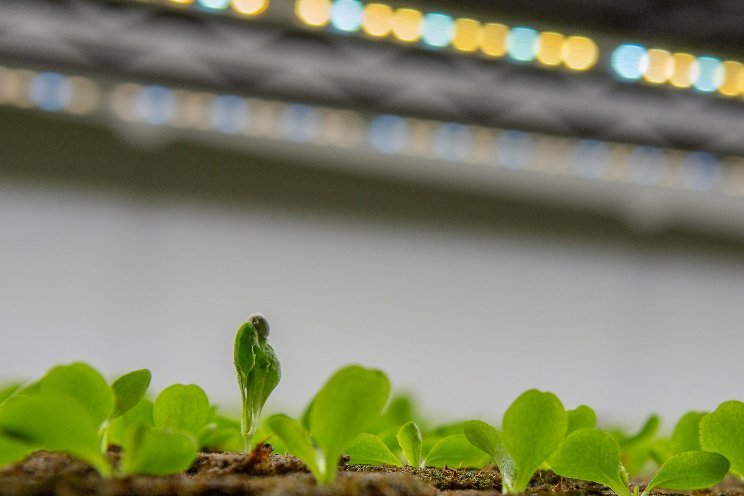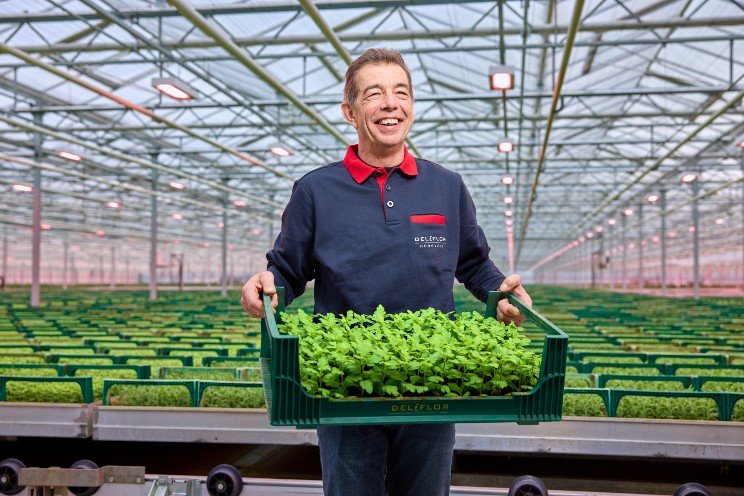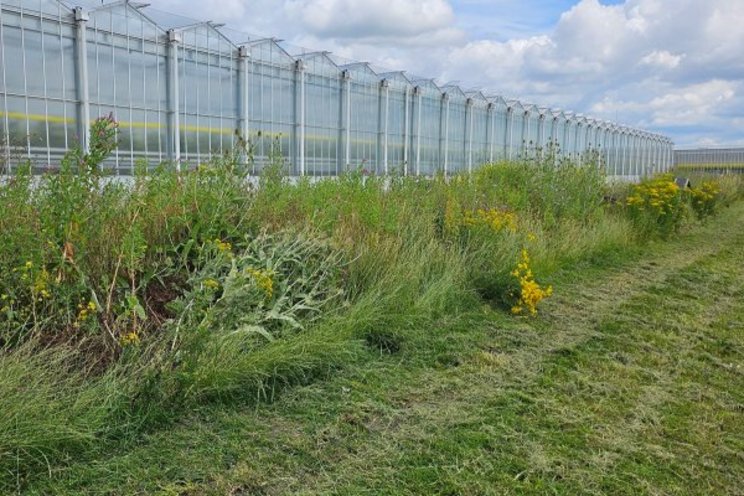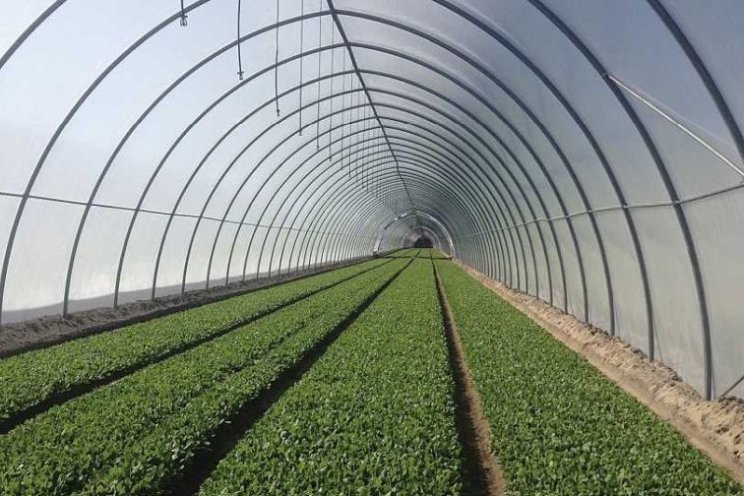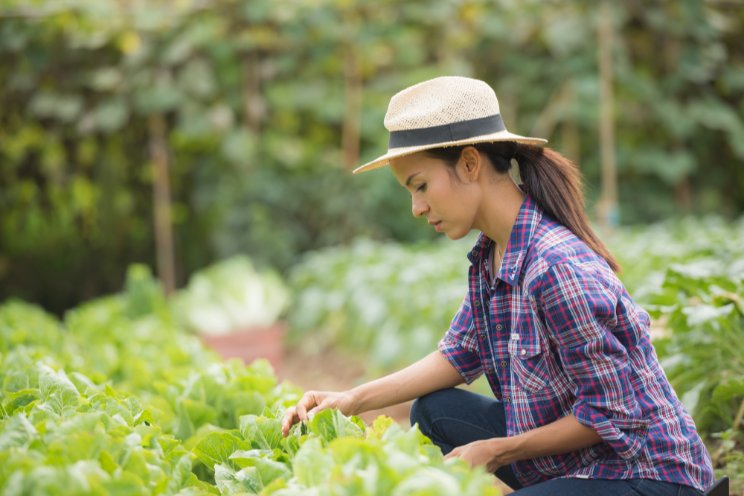How much electricity does vertical farm use?
Added on 20 December 2022
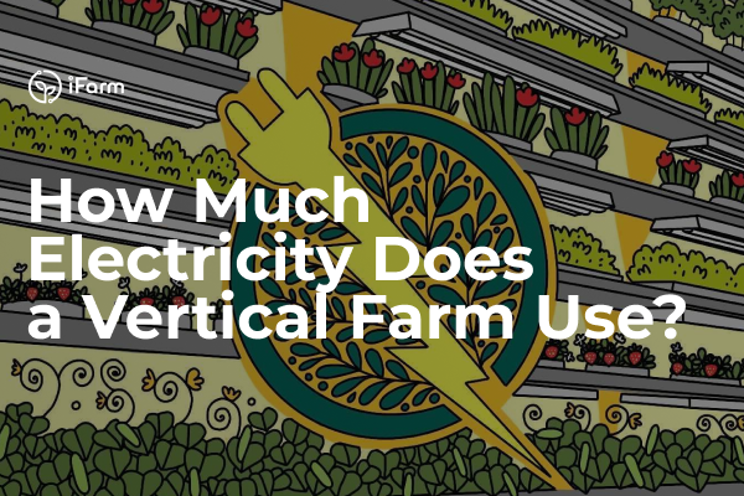
Want to know more? Here, we give you the lowdown on what you’ll need to get started, how to reduce your running costs and how to boost your green credentials.
Indoor vertical farm facility requirements
A vertical farm can be created in virtually any indoor environment. From warehouses to stockrooms and even residential garages, it’s possible to create the perfect conditions for plant growth.
Once you’ve decided where your vertical farm is going to be situated, you’ll need to prepare the building. Installing high-quality thermal insulation helps to maintain a constant temperature, which ensures optimal growth, minimises energy usage and reduces operating costs.
The temperature on a vertical farm should be around 20−22°C. When this temperature is maintained structurally, you only need to make minimal adjustments using equipment, such as an automated climate system. This means you’ll use less energy, become more sustainable and incur fewer costs.
Image: iFarm
More news

